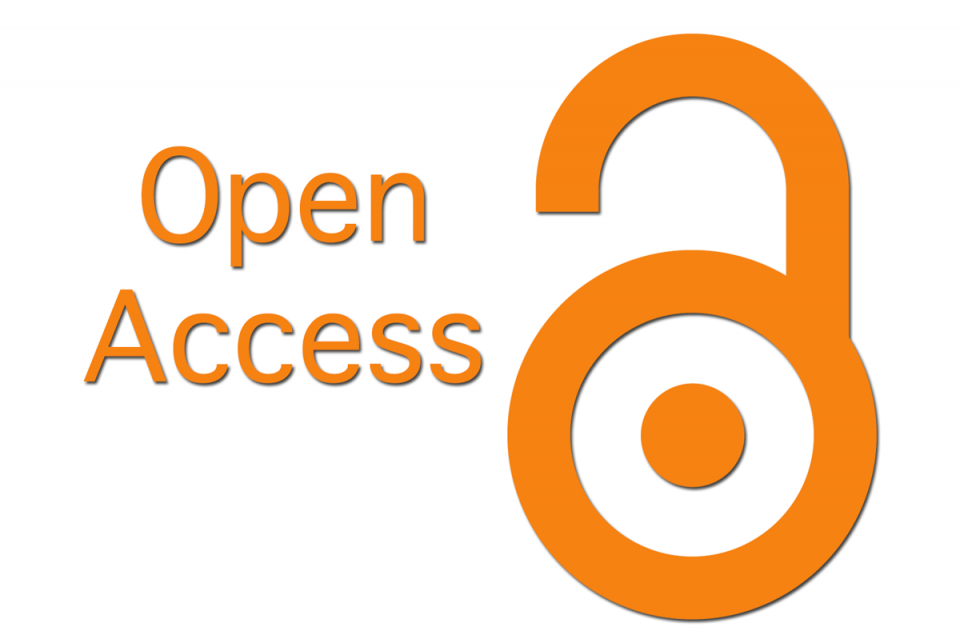Effectiveness Of E-Learning In Addition To Conventional Learning In Acquiring cross sectional anatomical knowledge among Phase I MBBS Students
DOI:
https://doi.org/10.48047/yqszzt25Keywords:
Cross sectional anatomy, MOODLE, CT, MRIAbstract
Introduction: Learning Cross-Sectional Anatomy (CSA) solely through conventional methods is insufficient for
Phase I MBBS students to accurately identify basic anatomical structures in CT and MRI images. This
knowledge is crucial for identifying pathologies at undergraduate, postgraduate, and clinical practice levels.
The aim of this study is to bridge this gap by teaching students basic anatomy and its variations using real
cross-sectional images of CT and MRI through an e-learning module.
Methodology: A total of 100 Phase I MBBS students participated in this study, which involved a teaching
module on CSA using CT and MRI images for six regions: Upper limb, Lower limb, Thorax, Abdomen, Head &
Neck, and Brain. The e-learning content was presented as PowerPoint presentations with voiceovers and was
hosted on a custom Moodle-based website for student access. The study spanned 10 months and
supplemented the traditional learning of CSA through cadaveric dissection and chart-based methods. Pre- and
post-test assessments were conducted to evaluate the effectiveness of the intervention.
Results: Post-test scores for all six regions showed statistically significant improvement in acquiring CSA
knowledge through the e-learning module. The consolidated average scores across all interventions were: pretest 5.52 ± 0.82 and post-test 18.97 ± 0.49, highlighting the effectiveness of the e-learning approach in
complementing traditional teaching methods.
Downloads
Downloads
Published
Issue
Section
License

This work is licensed under a Creative Commons Attribution 4.0 International License.
You are free to:
- Share — copy and redistribute the material in any medium or format for any purpose, even commercially.
- Adapt — remix, transform, and build upon the material for any purpose, even commercially.
- The licensor cannot revoke these freedoms as long as you follow the license terms.
Under the following terms:
- Attribution — You must give appropriate credit , provide a link to the license, and indicate if changes were made . You may do so in any reasonable manner, but not in any way that suggests the licensor endorses you or your use.
- No additional restrictions — You may not apply legal terms or technological measures that legally restrict others from doing anything the license permits.
Notices:
You do not have to comply with the license for elements of the material in the public domain or where your use is permitted by an applicable exception or limitation .
No warranties are given. The license may not give you all of the permissions necessary for your intended use. For example, other rights such as publicity, privacy, or moral rights may limit how you use the material.








